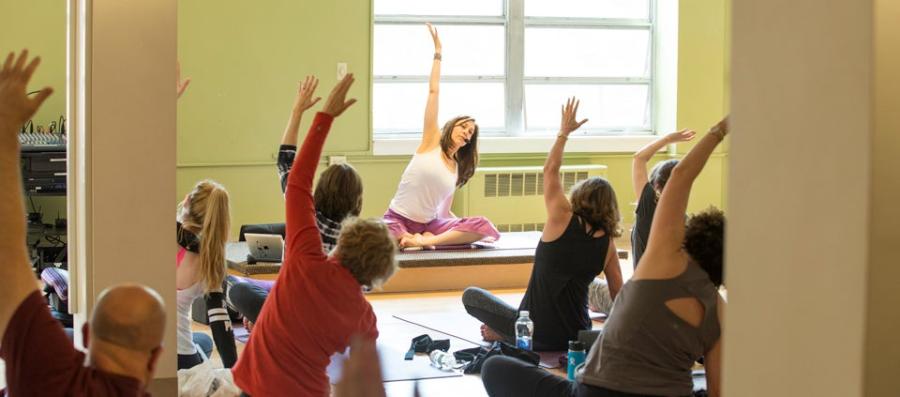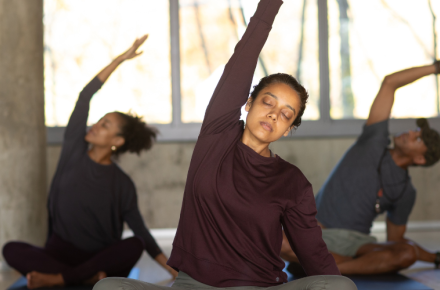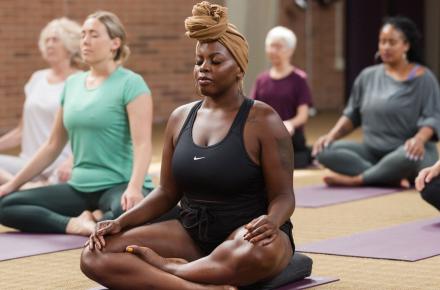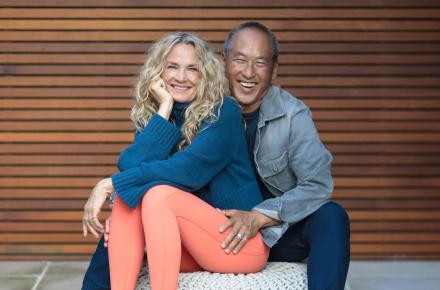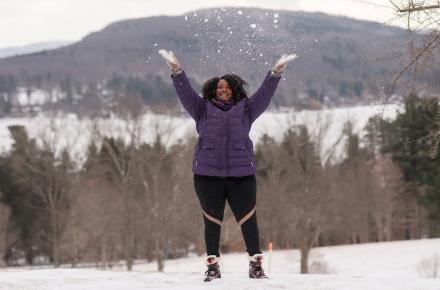Why Anatomy Matters for Yoga Teachers: Building Structure, Support, and Safety

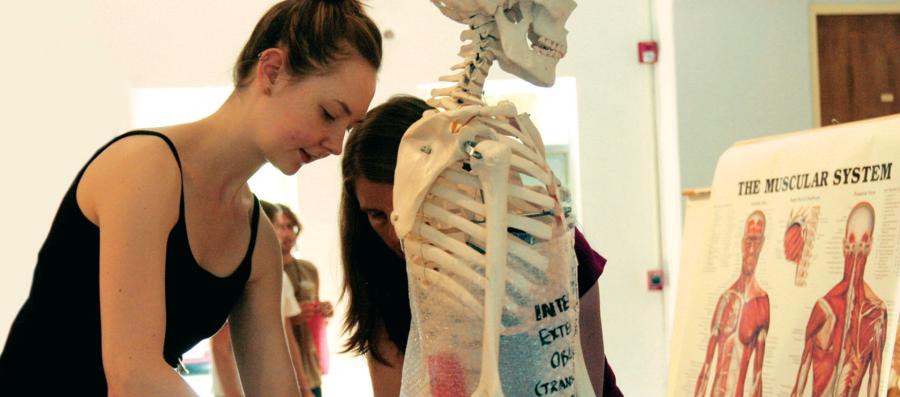
Many students come to a yoga class because they like the way it makes their body feel: stretched, strengthened, toned, relaxed. But even if they’re coming for the mental, spiritual, and emotional benefits, if they’re on the mat doing postures and breathwork, they are using their body.
You don’t need to have a degree in anatomy to teach yoga. But a solid and focused foundation of knowledge about how the body is constructed, how it functions, and how yoga affects it can be invaluable to you, and highly beneficial to your students.
As yoga teachers, we guide people to move their body in directions and ranges of motion that may be very different from their daily movement patterns. So we need to understand the human body not just as a mass of muscles and bones but as a complex, three-dimensional web of diverse, living tissues that carry a physical and emotional history.
In the words of John Muir, “When we try to pick out anything by itself, we find it hitched to everything else in the universe.” Because the body is not just the sum total of its pieces and parts but rather a single, continuous, interrelated, interdependent organism, every breath and movement in one area affects the whole.
Postures are like puzzles.
For me, postures are like puzzles—a matrix of movement and energy. Some postures—like Tadasana, Mountain pose, for example—are fairly simple from an anatomical perspective. Others are much more complex. Each has an array of effects on the body that may be similar from person to person, and may also be experienced differently by each person along a broad spectrum.
As yoga teachers, the more we know—not just about the postures but also about how they affect the body—the more we can understand those impacts, including benefits, precautions, and contraindications. In the Kripalu School of Yoga, we offer the key puzzle pieces and show teachers-in-training how to link them together within the experience of a class, so they serve as a support structure for students.
Deeper self-understanding builds confidence and improves your teaching.
"Knowing yourself is the beginning of all wisdom,” Aristotle wrote. Yoga is one of the most ancient wisdom traditions, and I take this quote to heart on many different levels—including literally: knowing the anatomy of the human body.
One of the byproducts of practice is a deeper understanding of the body from a physical perspective. As your embodied knowledge base grows, so will your confidence to lead a safe, well-informed, intelligent class. You’ll be able to use your own body wisdom to inform the creation of logical and safe yoga sequences and to offer clear and effective verbal cues to guide your students in and out of postures.
Your knowledge base expands your ability to support and connect.
At some point, your students will likely ask for your advice about how to modify postures for injuries or certain conditions. With more knowledge about the body and how yoga affects it, you can provide more support for your students.
In Kripalu School of Yoga trainings, we provide our teachers with that knowledge base, so they can use the information to help their students feel more empowered in class and to better care for themselves—which in turn creates greater trust between you and those you teach.





